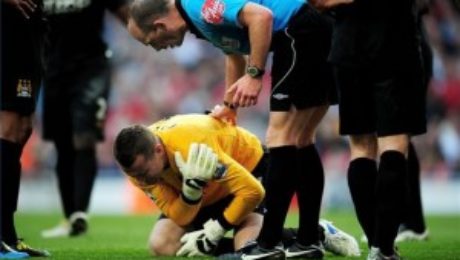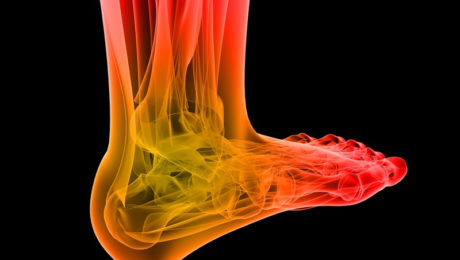Allograft Bone-Patellar Tendon-Bone ACL Reconstruction
Saturday, 18 October 2014
Approximately 50 percent of all knee injuries involve either a partial or complete tear of the anterior cruciate ligament (ACL). Surgical reconstruction is done to repair this ligament when this occurs. One technique that is popular is the allograft bone-patellar tendon-bone procedure. This is the alternative to the autograft procedure, which can lead to increased
- Published in Sports Medicine
No Comments
Will a Meniscal Tear need Surgery?
Saturday, 30 August 2014
When deciding how to treat a torn meniscus, there are numerous things to consider, such as your activity level, age, the location and extent of the tear, the doctor’s preference, and when the injury occurred. Treatment options include conservative measures, such as rest, ice therapy, compression and elevation, physical therapy, and a temporary knee brace.
- Published in Sports Medicine
What are the Outcomes of ACL Reconstruction?
Monday, 04 August 2014
Anterior cruciate ligament (ACL) injuries often require reconstruction and repair of this fibrous structure. ACL reconstruction involves the use of a graft to replace the damaged ligament. The most common grafts used come from the patient’s own body, such as one of the hamstring tendons or the patellar tendon (from the kneecap region). A less
- Published in Sports Medicine
FAQs on Shoulder Dislocation – Info from an AZ Sports Doctor
Saturday, 26 July 2014
What is shoulder dislocation? The shoulder joint follows a ball and socket configuration, where the humeral head is centered within the glenoid fossa. Shoulder dislocation occurs when the humeral head is displaced from its normal position. Dislocation is considered partial when the humeral head is not entirely out of the glenoid fossa. A complete dislocation
- Published in Sports Medicine
FAQs on AC Joint Injury Answered by a Phoenix Sports Doctor
Tuesday, 15 July 2014
What is the AC joint? Your shoulder is a ball and socket joint that connects the humerus (upper arm bone) to the clavicle (collarbone) and the scapula (shoulder blade). Because of its configuration, you can freely move your shoulder across a wide range of motion. The AC joint refers to the acromioclavicular joint, which is
- Published in Sports Medicine
What are the Various Treatments for Knee Cartilage Defects?
Friday, 13 June 2014
Simply put, a cartilage defect is the cartilage that has been damaged. This can be caused by trauma, Osteonecrosis, Osteochondritis or other conditions. These types of defects are usually associated with the knee joint. Trauma is the most common cause of damage that causes a cartilage defect, and is often seen in association with trauma
- Published in Sports Medicine
Management of Stress Fractures in Athletes
Wednesday, 28 May 2014
Stress fractures are quite painfully common in all walks of life, but athletes in particular run a much higher risk of suffering such an injury. The good news is that the majority of light stress fractures are not serious in nature and will heal naturally if rested and left to their own devices for a
- Published in Sports Medicine
DELTOID MUSCLE INJURY TREATMENT WITHOUT SURGERY
Saturday, 10 May 2014
Pain can occur either at the side, back or front of the shoulder of an injured deltoid muscle. A deltoid rupture can be identified when the front of the shoulder experiences a sudden muscular pain. Lifting the arm from the side towards the front and keeping it straight to avoid resistance will result in pain.
- Published in Sports Medicine
The best treatments for tarsal tunnel syndrome
Wednesday, 07 May 2014
The tarsal tunnel refers to the canal-like structure formed between the medial malleolus, or the inner part of the ankle, and the flexor retinaculum, or ligaments that cross the foot. The tarsal tunnel contains parts important to normal function of the foot, such as the tibial blood vessels and nerves, as well as the tendons
- Published in Sports Medicine
An overview of the Female Athlete Triad
Monday, 14 April 2014
The Female Athlete Triad, sometimes referred to as “the TRIAD”, is an often under-reported and unrecognized combination of three (3) interrelated conditions that can be seen in female athletes. These are: 1) disordered eating; 2) amenorrhea; and 3) osteoporosis. The exact prevalence of the female athlete triad is unknown, although studies estimate that the prevalence
- Published in Sports Medicine










